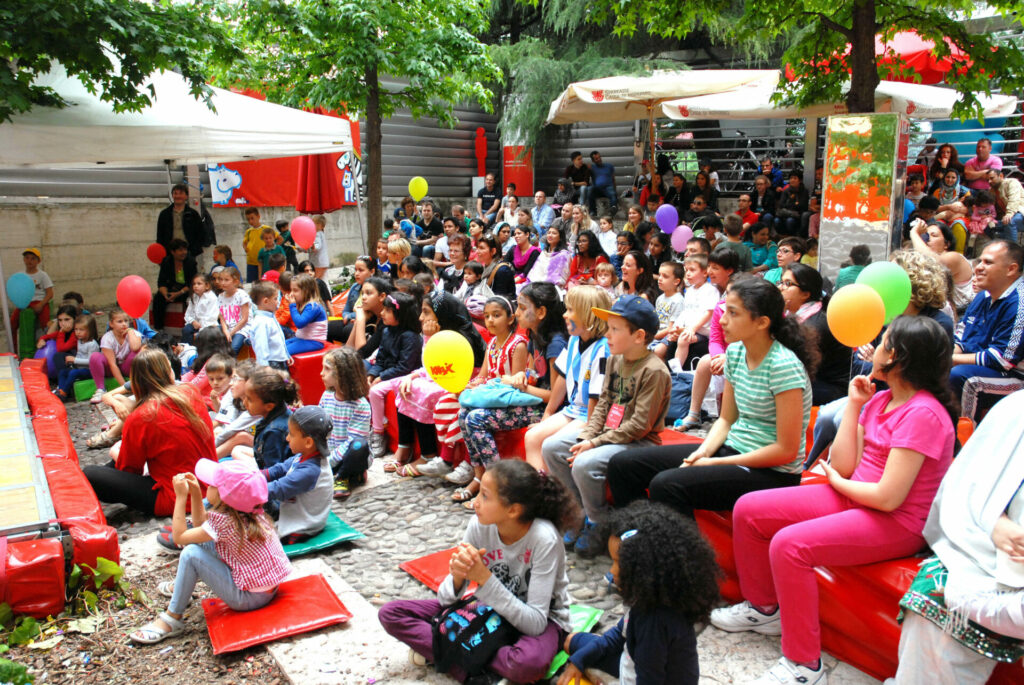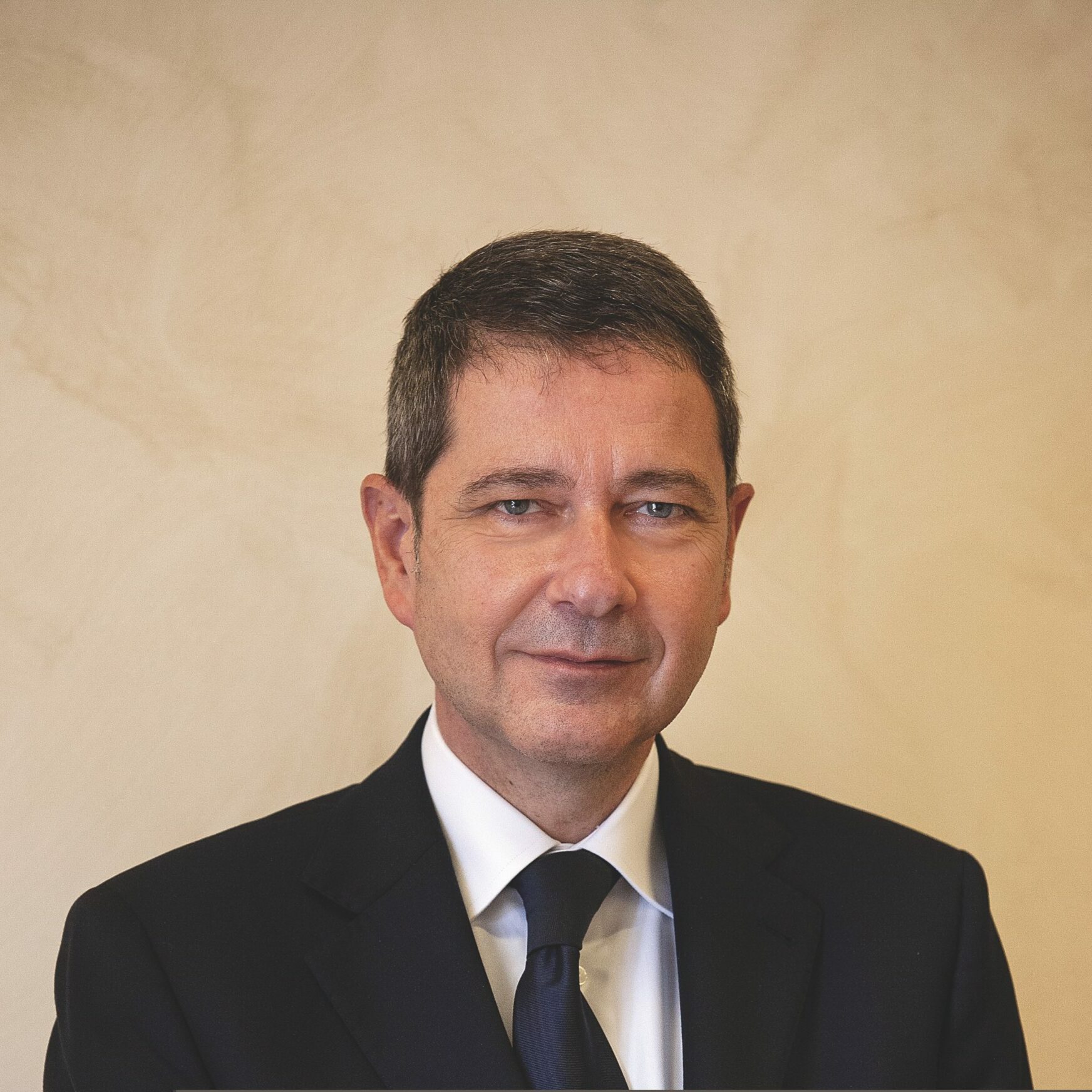The Italian Educational Poverty Fund: A Policy Perspective
By Giorgio Righetti, Acri General Manager
In this polarized world, there seems to be one thing on which everyone agrees: “Every human deserves access to education”. Unfortunately, access to education is not enough to guarantee a decent life – this is why we need to talk about the quality of education, which is often different depending on where you were born or into which family.
We know that educational poverty leads to economic poverty, and it creates a vicious circle from which it is hard to escape.
That is why Acri established the “Italian Educational Poverty Fund” in 2016, with the scope of increasing the social chances of disadvantaged minors by reinforcing the educational processes in their favour.

We were aware that to face such a challenging fight, other institutions and parts of the Italian society needed to be directly involved. For that reason, the first step was to involve the representatives of the Italian third sector, a natural and historical ally of the Italian foundations of banking origin. The second step was to propose to the Italian government that they provide the initiative with the necessary financial and political support. Both civil society representatives and the Italian government accepted the challenge and in 2016, the Italian Budget Law established the Fund.
There are many innovative components of this important initiative that in my opinion need to be underlined, since this initiative could be a very effective example of the strength of cooperation in facing social problems, I will try to illustrate the most relevant of them.
The first one is the scale of the resources dedicated to this initiative. It is the first time ever that so many resources, both private and public, have been pulled together to address and hopefully heal this deep wound that affects our society.
More than 600 million euros have been devoted to this effort, which is an incredible amount of money, given that they target just one single social issue and that we have nothing similar in the history of social activities that involve the whole community in Italy.
The second innovative element is the approach adopted when implementing the Fund. We were absolutely aware that we couldn’t solve the problem once and for all. For that reason, we decided that the Fund should have had an experimental nature with the stated goal of implementing different approaches to the problem and identifying the ones that could then become policies to be offered to public decision-makers.
Therefore, not a direct operative tool, but a laboratory of new innovative practices among which the best ones are selected and could then become ordinary and universal political measures.
From this experimental approach derives, as a natural consequence, the third element of innovation: that of measurement, which we decided to structure on a three-level basis.
- The first level is a strict and step-by-step monitoring of the approved projects to closely follow the implementation of each one and make sure that the stated objectives are reached.
- The second level is the impact evaluation of each project to measure what kind of social consequences it produces for the beneficiaries and in the communities where it is implemented.
- The third level is what we call “meta-evaluation”, which means a comparative analysis of all the projects to select the approaches that prove to be the most effective and impactful.
The fourth element of innovation is the strategic approach adopted to fight educational poverty. We believed, and still believe, that to address educational poverty in sustainable ways we need to involve the entire community. Thus, we included the entire education sector in Italy, such as schools but also third sector organisations, local authorities, universities, parents and citizens. For that reason, as was emphasised at the beginning, we have more than 7,000 partners who are running 384 projects, meaning around 20 partners are involved in each project.
The fifth element of innovation is the crucial role of the third sector in enforcing the Educational Community approach. The third sector is a clear expression of the participation of organised citizens to pursue the general interest. This is clearly stated in the Italian Constitution in article n. 118, which promotes the active role of citizens for the common good.
If I were to make a couple of examples to illustrate what the Fund does on the territories, I would talk about one project and one call for bids.
The project, which takes place in 17 Municipalities of Abruzzo hit by the earthquake, provides a range of paths and opportunities for girls, boys and families, and aims to guarantee access to high quality educational and cultural offers so that the place of origin constitutes an opportunity and not a limitation. The project is called RAdiCI which means in Italian “roots” and offers a variety of activities within this region. The offers include a wide range of programmes -from learning to build traditional musical instruments, theatre performances and writing workshops, from psycho-pedagogical training to the study and protection of the environment. Through these activities, kids and families can learn again the importance of their local community and think of it as a resource at their disposal.
The other example that I would touch upon is the call for bids. It has just selected four projects with interventions that will cover the entire territory of Italy and will last 48 months. It is directed at the children of victims of femicide, and it is called “A braccia aperte” (With open arms). 90 local organisations and relevant actors with skills and experience on the subject were involved in a three-month “participatory planning” process. The goal is to provide prompt and individual care to minors, offering them specialised and constant support following the traumatic event and ensuring their gradual social reintegration and full personal and working autonomy.
“When the partners and stakeholders involved do not look for visibility and “wreaths of glory” but instead focus on the agreed objectives and in putting together the best abilities and expertise of each component of the partnership to pursue those objectives, then the result comes easily”.
In conclusion, I believe that the Italian Educational Poverty Fund is a concrete example of the effectiveness of true cooperation. When the partners and stakeholders involved do not look for visibility and “wreaths of glory” but instead focus on the agreed objectives and in putting together the best abilities and expertise of each component of the partnership to pursue those objectives, then the result comes easily. Besides the outcomes in terms of policies to face educational poverty, I am convinced that the Fund could represent, and in fact, does represent, a milestone in the process of closer public-private cooperation and it is thus of interest to other European countries. We need to pull together all available social, human, and financial resources and join forces to achieve greater impact on the social challenges affecting our communities.

Giorgio Righetti, General Manager at Acri.
